The best TikTok VPN
Want reliable access to TikTok? You need a VPN
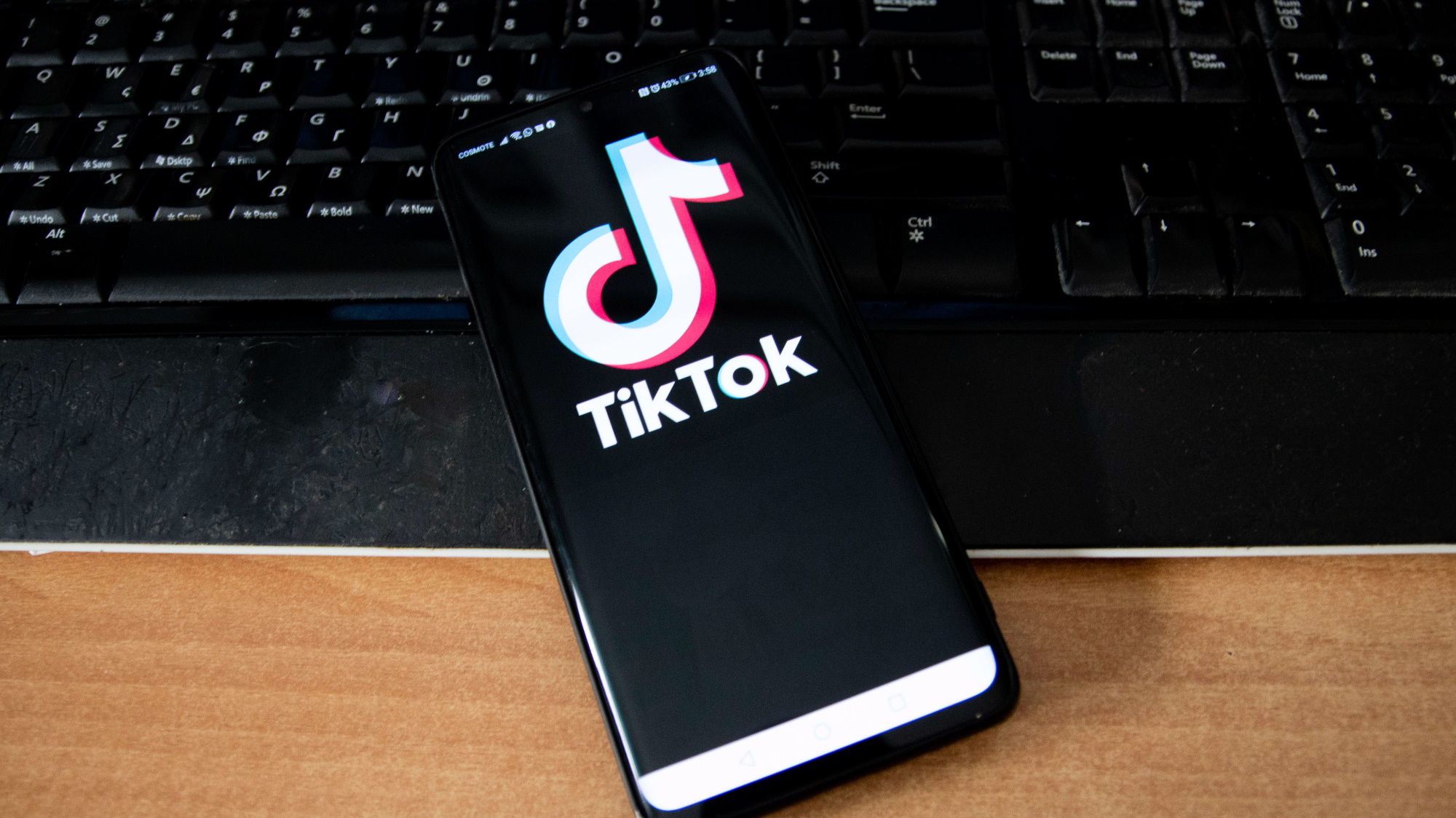
TikTok appears to have returned to the US almost as quickly as it disappeared. On his first day in office, President Donald Trump signed an executive order to delay the much-discussed ban, restoring business as usual to the States. However, the future of the TikTok ban in the US is still uncertain, as the executive order merely serves as a tentative 75-day delay.
While the ban came into effect on Sunday, January 19, 2025, its services had already begun shutting down in the US on the evening of Saturday, January 18. To the surprise of many users, after only 12 hours, the app became usable again and the shutdown was reversed. In the days running up to the deadline, many people turned to solutions like the best VPNs as potential tools to bypass the ban and continue to access TikTok in the US, albeit with mixed results.
At TechRadar, we've been writing about and reviewing VPNs for more than 11 years. When it comes to guiding our readers to the right choice, we've compared key features and tools to create the shortlist below for the best VPNs to help you continue to access TikTok whatever its fate in the US (and beyond) may be. Let's begin.
The 5 best TikTok VPNs in 2025
Why you can trust TechRadar
The best VPN overall
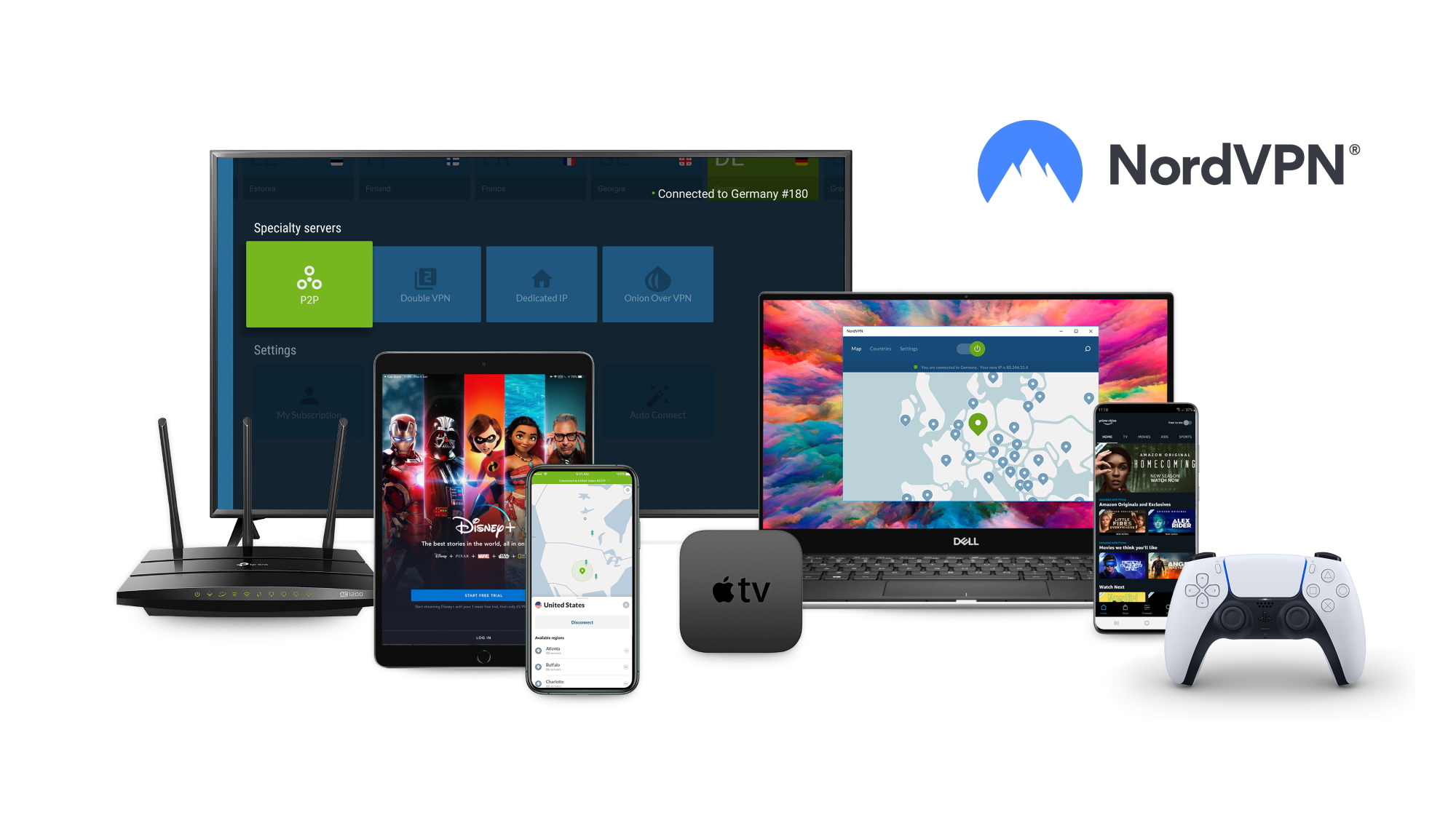

1. NordVPN
Effortlessly unblock TikTok... and more
Arguably one of the most recognized names in the VPN industry, NordVPN is famous for its high-speed servers in over 100 countries, as well as its extensive features. Similarly, its stellar performance, cutting-edge security features, and vast server network have long played a crucial role in the provider's push to the number one spot in our rankings, and our latest tests prove this isn't changing anytime soon.
Why is NordVPN the best choice for US users looking to go around the potential TikTok ban? Several reasons, actually. The provider boasts a respectable spread of locations across Europe, Asia and North America (no servers in countries with heavy internet censorship, like China or Russia, but this is typical of most VPNs).
Its unblocking capabilities are second to none, and it consistently recorded speeds of 950+ Mbps in all our tests, making it one of the fastest VPNs available. With multiple independent audits that demonstrate its commitment to a no-logs policy, as well as lightweight apps available for even less common platforms like Android TV and Amazon Fire TV, it's clear why NordVPN is the best for getting around the US TikTok ban.
The best cheap TikTok VPN

2. Surfshark
Awesome unblocking power that won't break the bank
Despite only starting in 2018, Surfshark has made a pretty big splash in the VPN market, and quickly built a reputation as one of the industry's leading providers. The reason has to do with the fact that this service provides fantastic value for money.
With servers in 140 locations across 100 countries, Surfshark covers most of the popular VPN destinations you need. Aside from the US, it has plenty of servers in the EU and Asia, and also a few in Oceania, Russia, Africa, and the Middle East. Similarly, its unblocking capabilities scored top marks in our latest testing round, which is great news if you're looking for a solid streaming VPN, with speeds exceeding 950 Mbps.
While Surfshark does collect minimal usage data, such as account information and crash reports to improve the service, it has a strict no-logs policy, most recently audited by Deloitte in 2023. The audit revealed that the provider does not store or track users' browsing activity, which is a significant plus in its quest to become the best VPN to get around the potential US TikTok ban.
Throw in a solid lineup of apps that cover all major platforms and lesser-known ones (think Amazon Fire Sticks, routers, browser add-ons, and a brand-new Apple TV app), and it's clear Surfshark is an excellent choice for US users looking to ensure unobstructed TikTok access.
The best beginner VPN
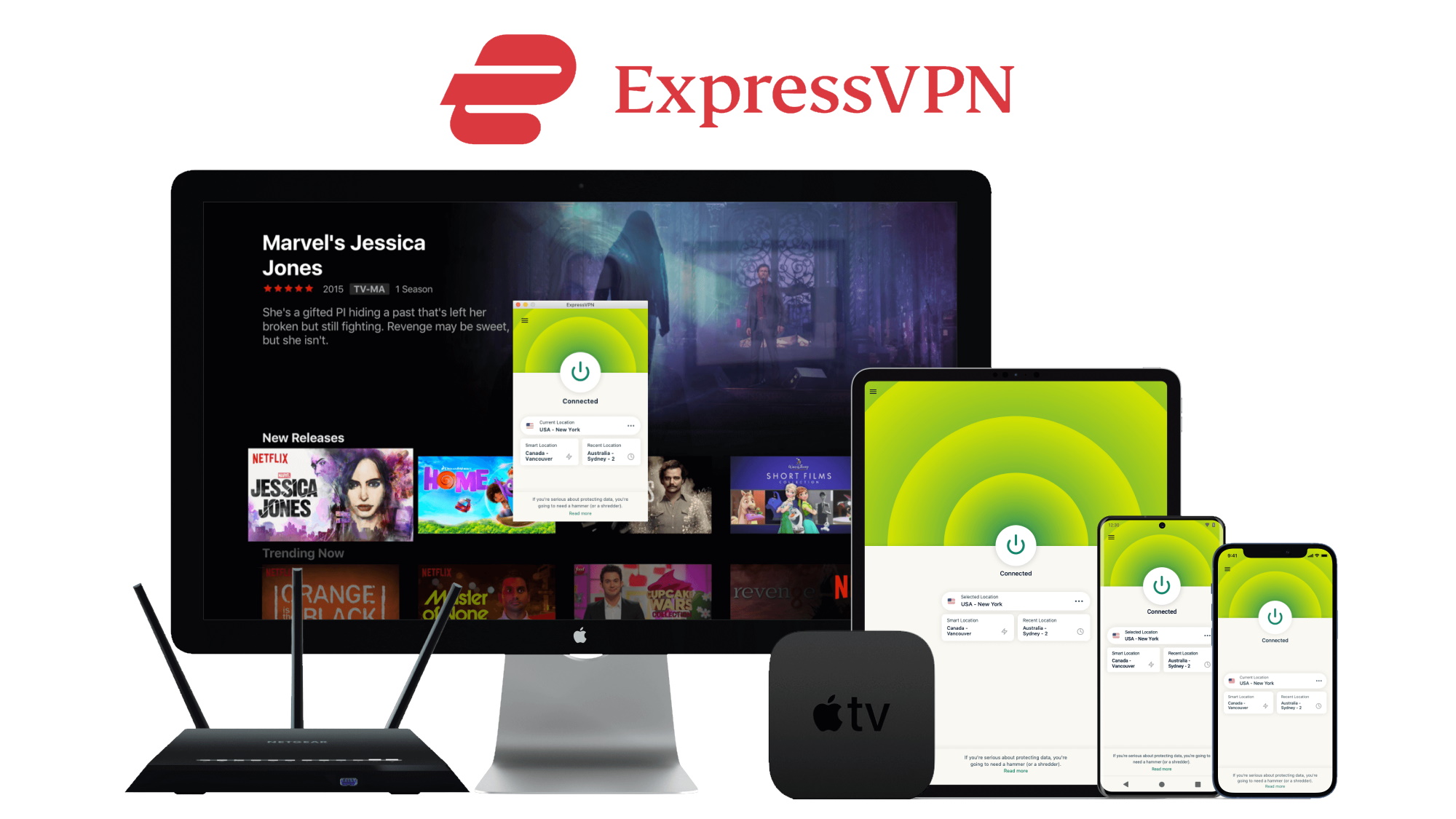

3. ExpressVPN
A perfect pick for VPN newbies
ExpressVPN unblocks virtually every streaming service you can think of - no matter the region. We were able to access several Netflix catalogs, Amazon Prime, Disney+, BBC iPlayer, and more during our latest round of testing. ExpressVPN is also incredibly consistent, too, meaning you'll rarely be left unable to tune in to your favorite shows.
It offers a wide range of native clients, including those for Windows, Mac, Linux, and other devices, but the service truly shines in the mobile department. ExpressVPN has intuitive and well-designed iOS and Android apps that let you automatically establish a connection with the closest optimized server and reach high speeds. Besides its traditional VPN apps, ExpressVPN has its own SmartDNS tool, MediaStreamer, that helps you access the geo-restricted content on devices like Smart TVs by spoofing your location.
With its split tunneling feature, you can specify which apps are and aren't protected by the VPN, which means both access local sites and services and stream your favorite content simultaneously.
The best privacy-focused VPN
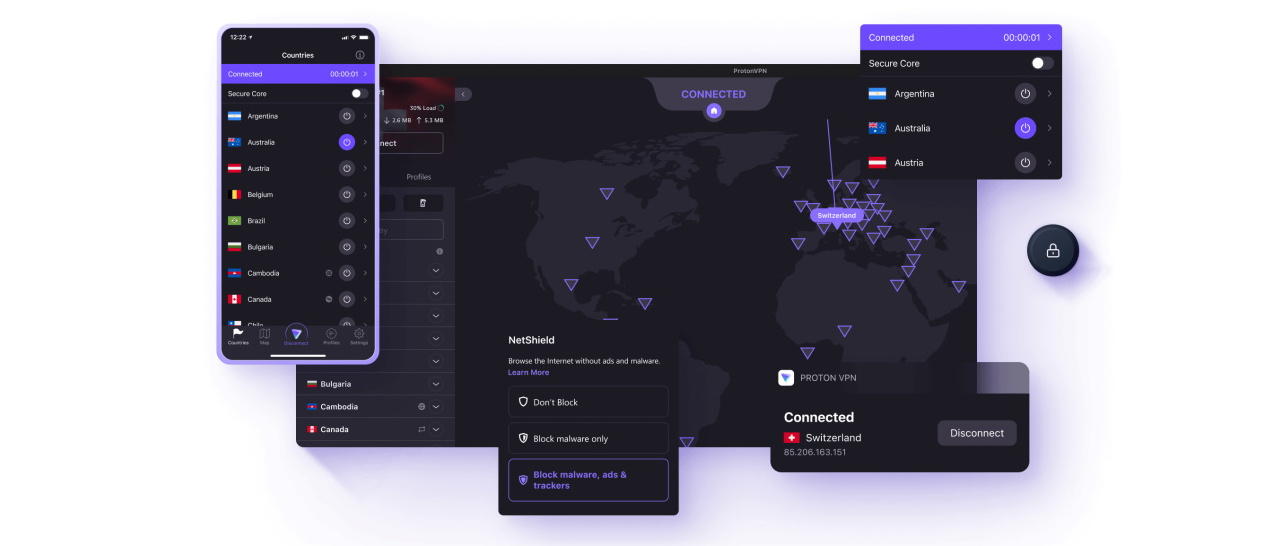
4. Proton VPN
A proven champion of digital privacy
Proton VPN is the only VPN provider on this list with a focus on serving areas of the world that have traditionally been underrepresented by VPNs. Examples include Africa, where Proton offers 22 locations, and the Middle East, where it has 14 locations - both of which are more than double any other top 5 provider.
When it comes to unblocking, the vast array of servers available to users makes accessing a wide range of streaming services (and TikTok) a breeze. All you have to do is pick the location you want to watch from and voila - instant access.
Speed is where ProtonVPN failed to deliver as expected in our latest testing round, and is the reason for its #4 ranking on this list. Initially, we were thrilled to see speeds of over 950 Mbps while using the WireGuard protocol. However, changing servers dropped the download speeds to 630 Mbps, down from 700 Mbps in our previous round of testing. OpenVPN results were similarly disappointing, only measuring 220 Mbps compared to the previous results of 400 Mbps. Although significant, it's not a disastrous drop, and is still more than plenty for any streaming/TikTok needs.
ProtonVPN's apps are reasonably good and available for every major platform (Windows, macOS, iOS, Android, and Linux). Interestingly, when you unfurl the home menu, it displays a map of every VPN location you can access, which is a very cool piece of design flair. Overall, ProtonVPN is an excellent choice for getting around the US TikTok ban, and should it improve its speeds in the future, may even aim for the #1 ranking.
The best US-based VPN
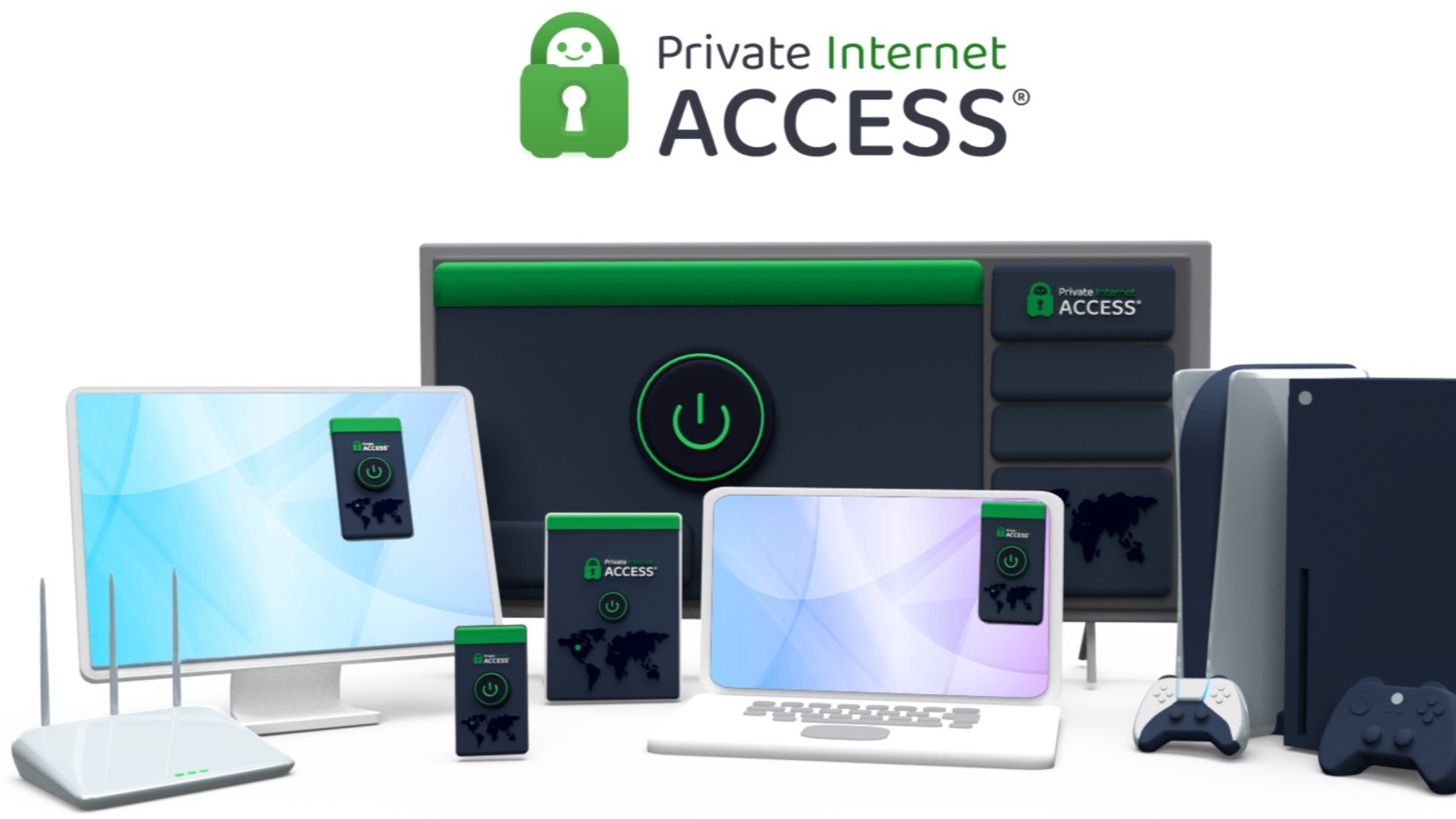
5. Private Internet Access
A budget-friendly pick with advanced options
Private Internet Access is a VPN industry veteran and the only entry on this list that's headquartered in the US (Denver, CO). While you might question the logic of using a US-based VPN service to get around a US ban on TikTok, PIA offers more than adequate global spread of servers.
Overall, you're looking at 152 server locations across 91 countries, and PIA reportedly has servers in all 50 US states (some of which are hosted virtually). However, PIA also has servers in Asia, Africa, the Middle East, and Oceania, making it a decent choice for getting around the US TikTok ban.
PIA's peak download rates reached 436 Mbps in our latest round of testing, making it the slowest among its competitors on this list. This is still plenty fast for TikTok, mind you.
PIA's apps are well-designed and available across all major platforms. The desktop experience is pretty straightforward, with plenty of features under the hood to make it more useful (more in our full PIA review). Overall, PIA is a decent enough choice for getting around the TikTok ban in the US, even though it's not as fast as Surfshark, doesn't offer as many features as NordVPN, or gives you as many locations to connect to as ExpressVPN. Still, if you don't want to spend too much while ensuring TikTok access, it's a good choice.
How can a VPN get around the TikTok ban?
The use of VPNs has become a commonplace way to 'spoof' the IP address of your laptop, smartphone, streaming device - even your router. That's because they reroute all of your internet traffic via a secure server somewhere entirely different - that could be in your home country or somewhere else. So it's no surprise that VPN usage has surged since the US started mooting an outright TikTok ban.
For example, you could change the location of your IP address to somewhere outside the territory in which it's banned. This would effectively make your computer think it's in another country. That's why VPNs for Netflix have become so popular (despite VPN use being against the service's Ts&Cs) - if you know that a Netflix catalog somewhere else in the world has a show or film you want to see, but it isn't being shown on Netflix in your home country, then utilizing a server in the other country will have you watching in no time.
Why was TikTok banned in the US?
In July 2020, the US government announced that it was considering banning TikTok in the US due to national security concerns. The popular short-form video-sharing app, owned by Chinese technology company, ByteDance, has been scrutinized by US lawmakers over its apparent links to the Chinese Communist Party. Fast forward to 2024, when these concerns culminated in the Supreme Court upholding the ban on Friday, January 17, with the order becoming law on Sunday, January 19.
The law stated that the app would be banned because it had not been sold to an American company before the January 19 deadline. As any deal would have to have been approved by both the US and Chinese governments, this was very unlikely to happen. Hours before the law was due to come into effect, TikTok began shutting the app's services down in the US on the evening of Saturday, January 18.
However, this series of events didn't take long to reach a short-term conclusion. A mere 12 hours later, TikTok was available in the US again, and the app was functioning. Why? On January 20, the day of his inauguration, President Trump signed an executive order instructing the law not to be enforced for a period of 75 days. This now pauses the app's banning and gives time for a more permanent solution to be found. That said, while TikTok was restored, these events could set a precedent for future bans or censorship in the United States.
What to look for in a TikTok VPN
When looking for the best VPN for TikTok, a convenient way to narrow down your search is to focus on ensuring the VPN you're looking into has the following key factors:
- Split tunneling. This feature allows you to use the VPN tunnel purely for TikTok, and regular internet for everything else.
- Non-US server locations. Connecting to a server outside of the US is the easiest way to mask your IP and ensure access to blocked or geo-restricted content. All of the entries above have servers in numerous countries worldwide.
- Sleek mobile apps. Some VPN desktop and mobile apps can be clunky or unintuitive, making them tricky to use. Conversely, the top 5 TikTok VPNs listed above all have simple apps across all major platforms.
- Consistent speeds. Sufficient download speeds are critical for enjoying unobstructed browsing and streaming. The slowest VPN from the list above is PIA with 436 Mbps download speeds, which is still miles above what you need for 4K streaming.
- Unblocking power. All the split tunneling, non-US servers, sleek apps, and blistering speeds won't amount to much if you can't unblock TikTok or other geo-restricted content. That's why all of our best TikTok VPN selections above have unblocking capabilities extraordinaire, making any one of them an excellent choice for getting around the US TikTok ban.

The (cyber) devil is in the details - a saying that Alex firmly believes in every time he powers up his PC. As a freelance writer, Alex explored a plethora of topics and industries during his 10+ years-long career. Cybersecurity is his current focus, allowing his innate attention to detail (and OCD) to adorn each reader- and value-oriented piece he crafts.